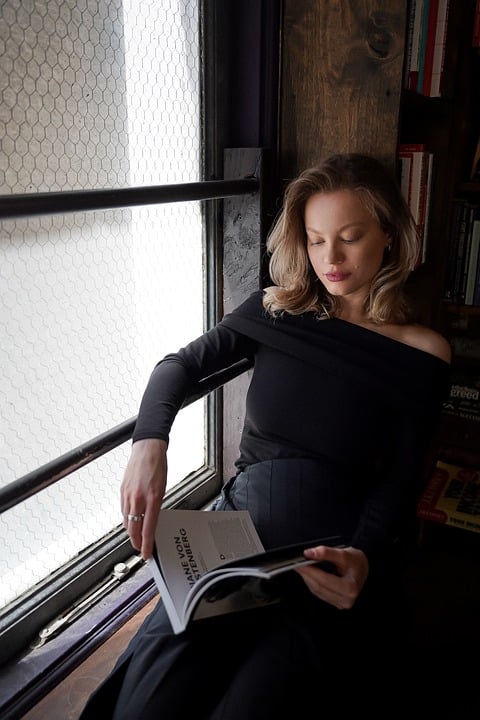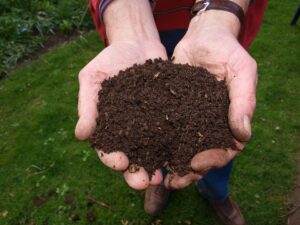Choosing the Right Seeds
When starting seeds indoors, it’s crucial to choose the right seeds for your location and growing conditions. Consider factors like the length of your growing season, sunlight exposure, and the space you have available for seedlings.
Supplies Needed
Before you begin, gather all the necessary supplies you’ll need to successfully start seeds indoors. This includes containers, seed starting mix, seeds, a grow light or sunny window, and a water source.
Preparing the Seed Starting Mix
Properly preparing your seed starting mix is key to successful seed germination. Make sure the mix is well-draining and lightweight to prevent over-watering and promote healthy root development.
Sowing Seeds
Follow the specific instructions on each seed packet for sowing depth and spacing. Plant seeds using a pencil or stick to create small holes in the seed starting mix, drop seeds in, and cover lightly with more mix.
Providing Adequate Light
Seeds need ample light to germinate and grow into healthy seedlings. If you don’t have access to a sunny window, consider investing in a grow light to provide consistent light for your plants.
Watering and Humidity
Keep the seed starting mix consistently moist but not waterlogged. Use a spray bottle to mist the top of the soil to maintain proper humidity levels for seed germination.
Temperature Control
Most seeds require warm temperatures to germinate, so make sure to keep your seedlings in a warm location. Consider using a heat mat to maintain a consistent temperature for optimal growth.
Transplanting Seedlings
Once your seedlings have grown several sets of true leaves, they are ready to be transplanted into larger containers or your garden. Handle seedlings carefully to avoid damaging the delicate roots.
Hardening Off
Before transplanting your seedlings outdoors, they need to be hardened off to acclimate to the outdoor environment. Gradually expose them to sunlight, wind, and fluctuating temperatures over a period of about a week.
Common Seed Starting Mistakes to Avoid
Some common mistakes to avoid when starting seeds indoors include overwatering, not providing enough light, starting seeds too early or too late, and using old or poor-quality seeds. Be mindful of these pitfalls to ensure successful seed germination and growth.
Conclusion
Starting seeds indoors is a rewarding process that allows you to get a head start on your garden and ensure a bountiful harvest. By following this ultimate guide and paying attention to the details, you can successfully start seeds indoors and enjoy a thriving garden all season long.



